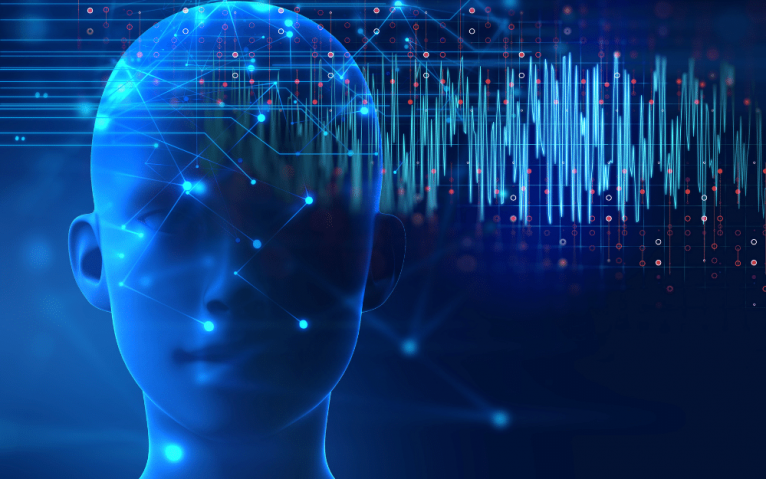Addiction treatments are always evolving and looking for alternative ways to offer support and healing to those struggling with addiction. A newer form of therapy, known as biosound therapy, is an increasingly popular and promising treatment for mental health and substance use disorders. Keep reading to learn how addiction treatment centers are incorporating this new technique in their rehab programs.
What is Biosound Therapy?
Although biosound therapy has been used for thousands of years, only recent studies showing promising results have led treatment centers to try this form of treatment. It follows a sensorial approach to treat mental health conditions and addiction. Experts use sounds, vibrations, and visuals to help reduce anxiety, address personal issues, and help patients improve their outlook and change behaviors.
When Is It Used?
Many individuals can benefit from biosound therapy, but it’s beneficial at addressing depression and anxiety. In addiction treatment, it is helpful for those struggling through the detox process, experiencing withdrawal symptoms. Biosound therapy helps them remain calm and relaxed during the early days of treatment. It has also proven useful to help with:
- Anxiety
- ADHD
- Chronic stress
- Depression
- Detox
- Eating disorders
- Insomnia
- High blood pressure
- Substance abuse
How Biosound Therapy Works for Addiction Treatment
Using synchronized beats of low frequency, biosound therapy calms the mind, breaks old cycles of negative thoughts, and targets self-doubt. It’s common for those struggling with co-occurring conditions like anxiety or depression to benefit from this form of therapy.
For those in residential rehab programs, biosound therapy can help them manage their emotions, change their way of thinking, and engage in more positive affirmations when presented with struggles.
The goal of biosound therapy is to transport the patient to a meditative state. This is done with a combination of low-frequency sound waves that help people relax and feel calmer. Simultaneously, the therapist shares positive affirmations that help adjust unhealthy thinking patterns to promote healing.
What to Expect from Treatment
At first, biosound therapy can seem intimidating. Unlike traditional psychotherapy, this one uses technology during treatment. Usually, it involves a specialized chair or bed where patients relax covered by a blanket. The chair is the element that sends different beats, vibrations, and sounds to various parts of the body. Sometimes they’ll also introduce guided imagery to the treatment program to create an immersive experience.
First Session
In your first session, most likely, you won’t get to fully experience the treatment. Instead, the first session will be more of a traditional psychotherapy session to understand where you are right now. Your therapist will ask a couple of questions about your state of mind and health. They might then introduce you to the equipment and do a short introduction of what to expect, so when it’s time for your actual session, you won’t feel so scared or intimidated.
During Biosound Therapy
Once it’s time for your biosound therapy session, you’ll sit on the chair covered by a blanket. Then, you’ll be exposed to a variety of vibrational patterns across the body. Don’t worry; these are very subtle, and they’re difficult to notice at first. Then, your therapist might incorporate binaural audio to reinforce feelings of calmness and relaxation. The sound therapy also helps relax the nervous system and allows you to surrender to a deeper relaxation state. It’s not rare for patients to fall asleep during this treatment as their cortisol levels drop tremendously.
Length of Therapy
The total length of each treatment session will depend on your sensitivity to the stimuli. However, each session is at least half an hour long. Your therapist suggested you’ll try between six to ten biosound therapy sessions overall, depending on the treatment plan. However, the number of sessions can be more or less, depending on your symptoms. Some people will move to music therapy as a continuum of this form of alternative care.
Getting Help for Addiction
Biosound therapy isn’t a magic cure for addiction, but it can give people the tools to cope with challenging situations healthily. Psychotherapy is a powerful treatment and a critical portion of addiction recovery. Besides, it gives people the right tools to achieve long-term recovery.
If you or someone you know is struggling with addiction, please seek help today. At Lighthouse Recovery Institute, our licensed and certified psychotherapists can help you navigate the ups and downs of addiction. Combined with other resources, including group counseling, family therapy, life skills development, and more, we can help you move away from addiction and start walking toward recovery. Don’t let addiction tell the story of your life. Take control of your story by seeking help today.









